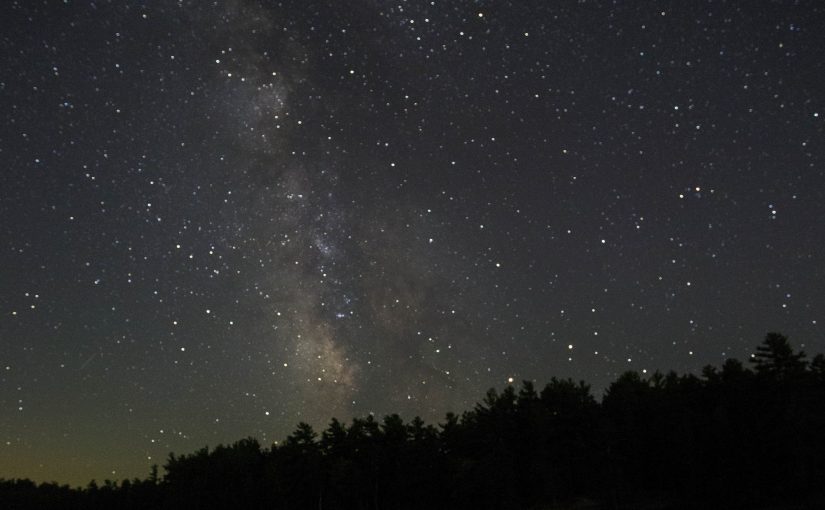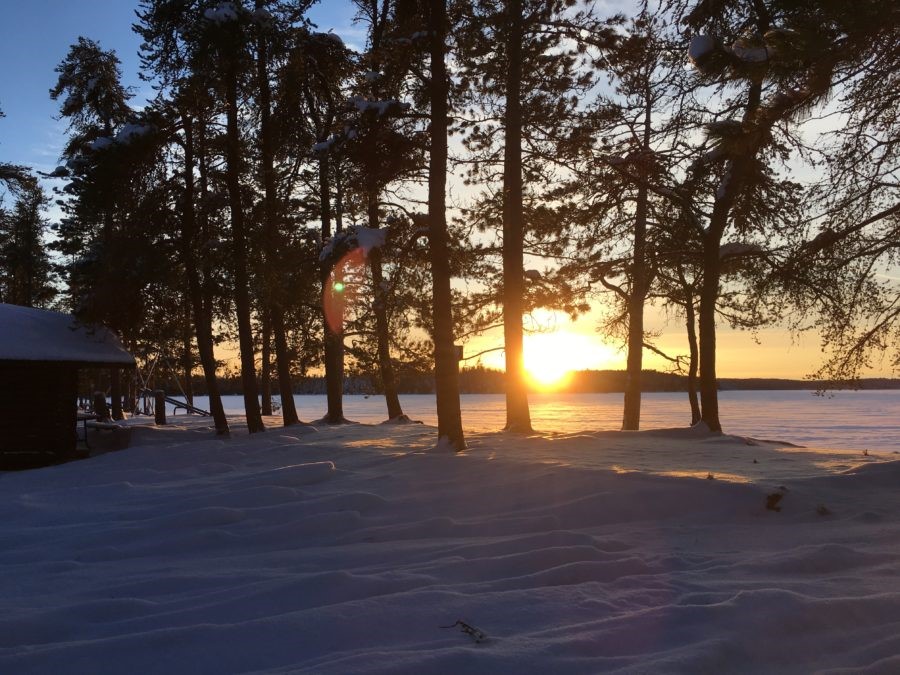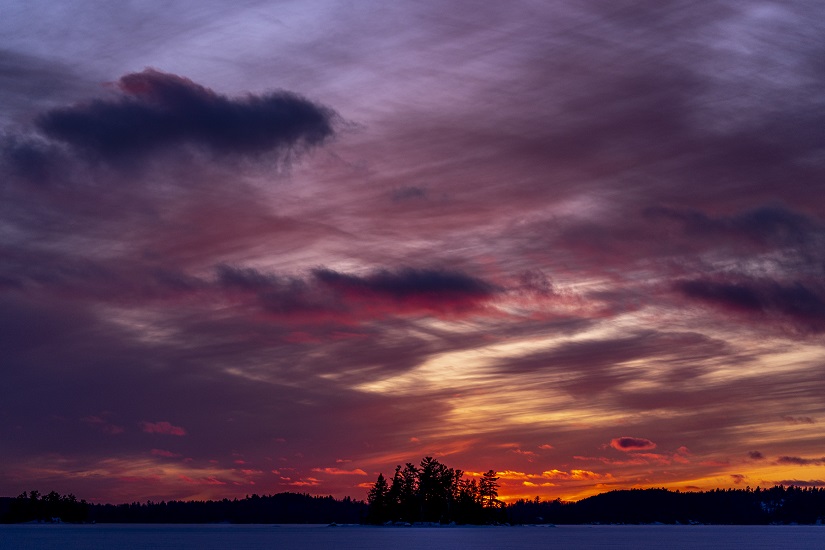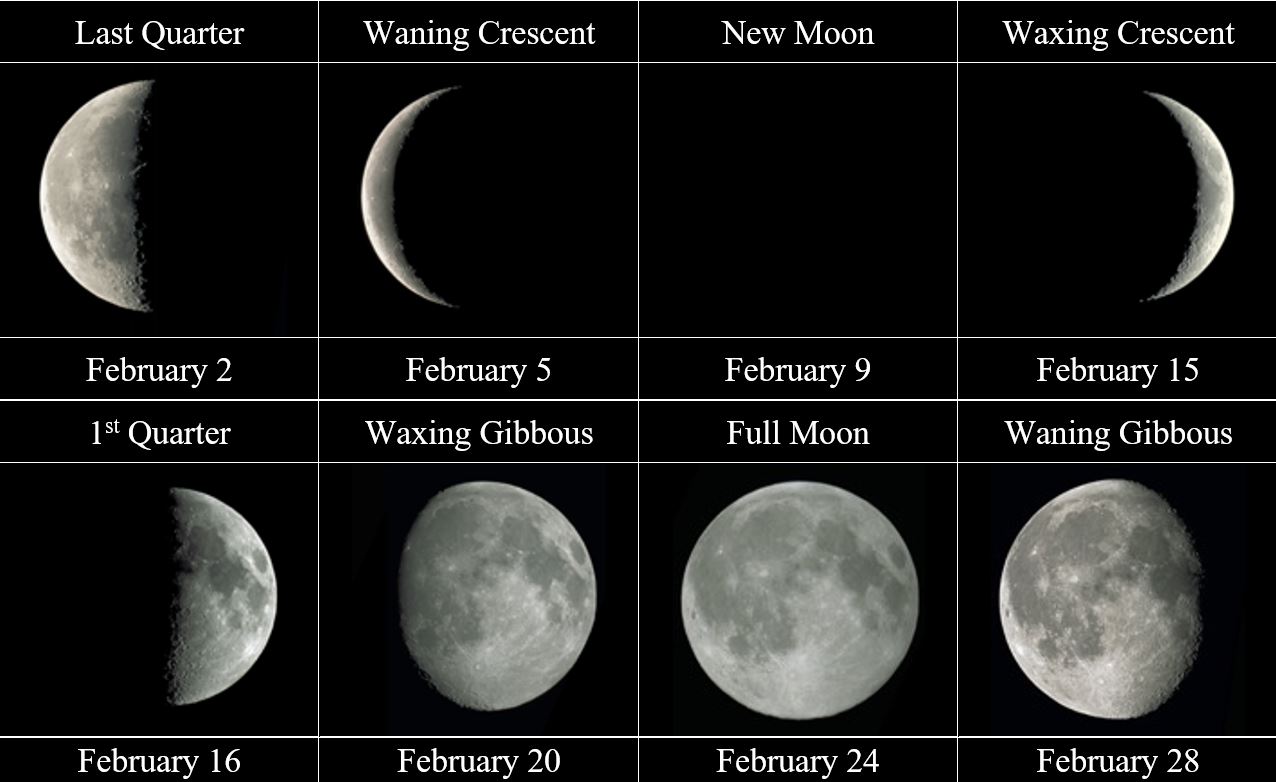Welcome to the Ontario Parks “Eyes on the Skies” series. This “space” will cover a wide range of astronomy topics with a focus on what can be seen from the pristine skies found in our provincial parks.
The month of February brings the promise of both warmer weather and clearer skies. So grab a cup of tea or hot chocolate, bundle up, and spend the day outdoors.
And when the Sun goes down and the stars begin to shine, don’t forget to head back out to enjoy the season’s beautiful night skies!
Here are our astronomical highlights for February:
The Sun
Sunrise and sunset times
| February 1 | February 15 | February 29 | |
| Sunrise | 7:48 a.m. | 7:29 a.m. | 7:05 a.m. |
| Midday | 12:39 p.m. | 12:40 p.m. | 12:38 p.m. |
| Sunset | 5:30 p.m. | 5:51 p.m. | 6:12 p.m. |
Leap year
This year happens to be a leap year so we might as well explain why we have them. The Earth’s orbit around the Sun is not exactly 365 days but about 365 ¼ days (precisely: 365 days 5 hours 48 minutes and 56 seconds).
If something wasn’t done to our 365 day year, we would find ourselves (on the Earth) out of sync with where the Sun was positioned.
For example, at this time of the year the constellation of Orion the Hunter is high overhead in the south in around 8:00 p.m. However, if we did not adjust our calendars, we might find Orion the Hunter high overhead in July. Additionally, in July as you go out to enjoy your campsite, you might be surprised to find that it was nearly the dead of winter!
To account for the fact that the Earth’s year is 365 ¼ years and keep the calendar synchronized to the position of the Earth around the Sun, we add an extra day ever four years (the “every four years” accounts for ¼ of a day periods or 24 hours) and that greatly helps to reset things.
But you might ask, what about the remaining amount as it’s not exactly ¼ of day but slightly less? Astronomers have a formula for that little bit as well.
When there is a new century (1800, 1900, 2100), there is no leap year. However, if the century is evenly divisible by 400 (such as 1600 or 2000) then we have a leap year.
This year, we can enjoy a simple straight forwards leap year and would like to wish all of those with birthdays on February 29 a very happy birthday this leap year!
The Moon
The Moon has long captivated observers of all ages.
February’s lunar phases of the Moon occur as follows:
Did you know that many First Nations teachings use the back of a turtle’s shell as a lunar calendar?
The planets – Jupiter
Jupiter continues to be extremely well placed at sunset and is the brightest object in the night sky after the moon.
However, as the month progresses, it sets noticeably earlier until, by month-end, it sets before midnight.
Comets and meteor showers
February holds no major meteor shower but that’s not to say that you won’t see one if you are in dark skies (as can be found in many provincial parks).
On any given night, in the dark skies of provincial parks, one might see as many as five to 10 meteors per hour, especially after midnight.
February constellations
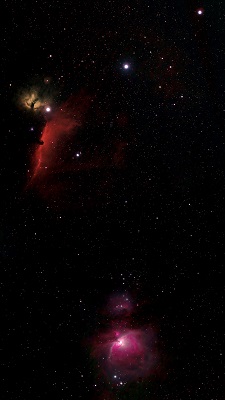 Humans have looked up at the stars for thousands of years. The stars helped them try to understand their purpose, and the role they play in our lives.
Humans have looked up at the stars for thousands of years. The stars helped them try to understand their purpose, and the role they play in our lives.
To help memorize the different stars, patterns of connect-the-dot figures were created by many different cultures. Today, we recognize 88 official patterns or “constellations” of stars.
Orion continues to be the dominant constellation high in the southern skies. As pictured in this photo, it’s three belt stars in a row are unmistakable. Much star formation is happening within the various gaseous nebulae that exist in this part of the sky.
There are many popular constellations that are associated with this time of the year. Learn more about Gemini, one of our top picks for February.
This completes our review of February skies
Check back each month as we highlight celestial events through the seasons, or read more about astronomy in provincial parks.
